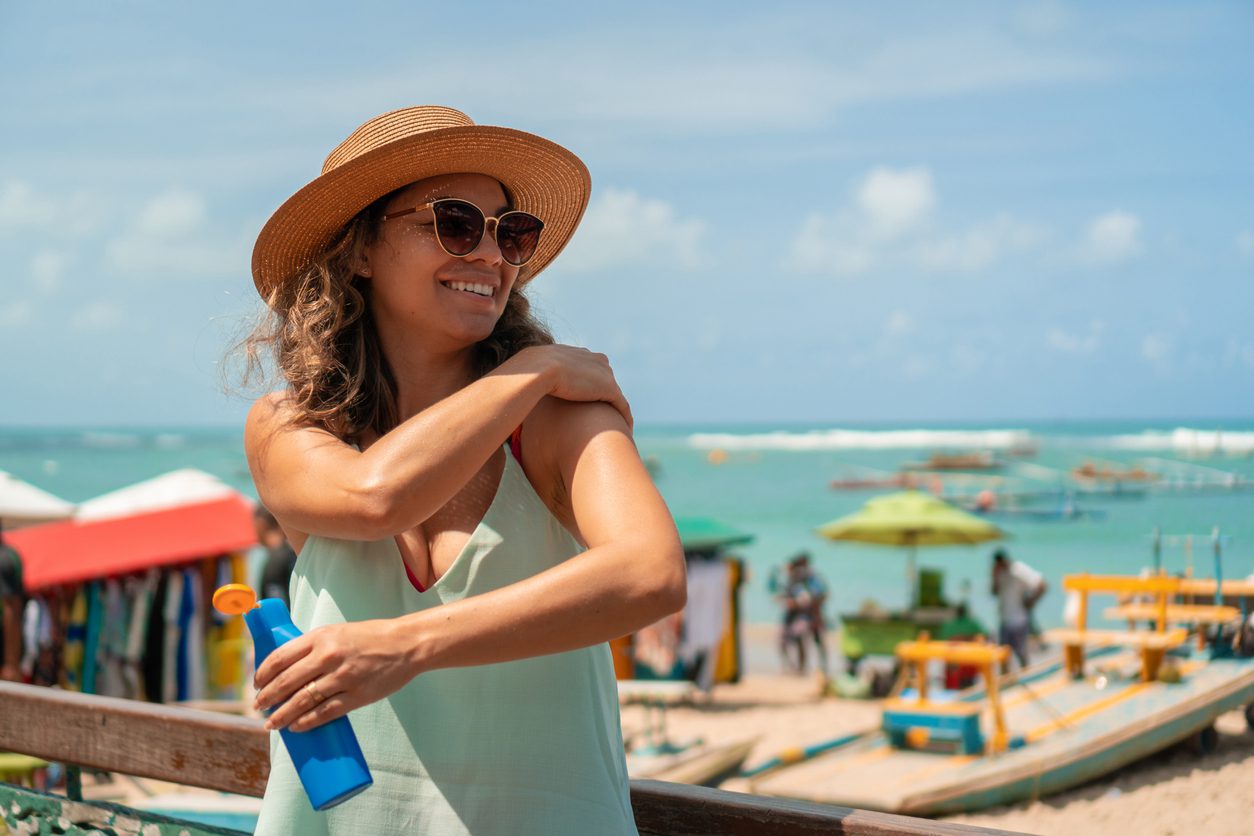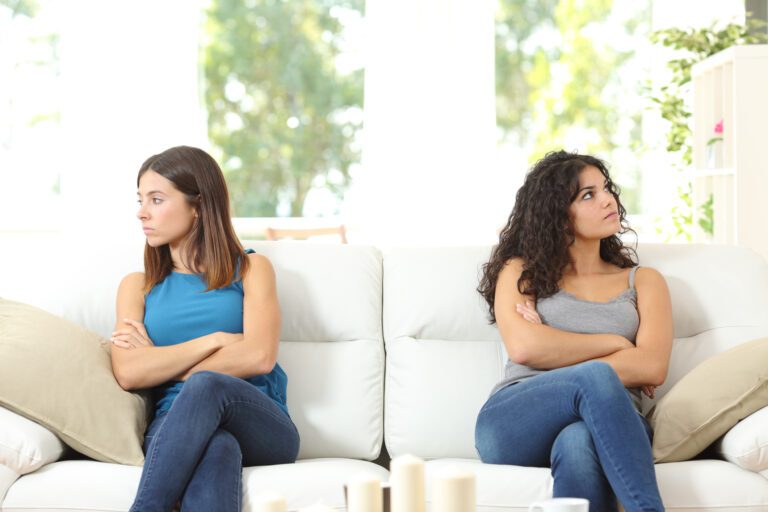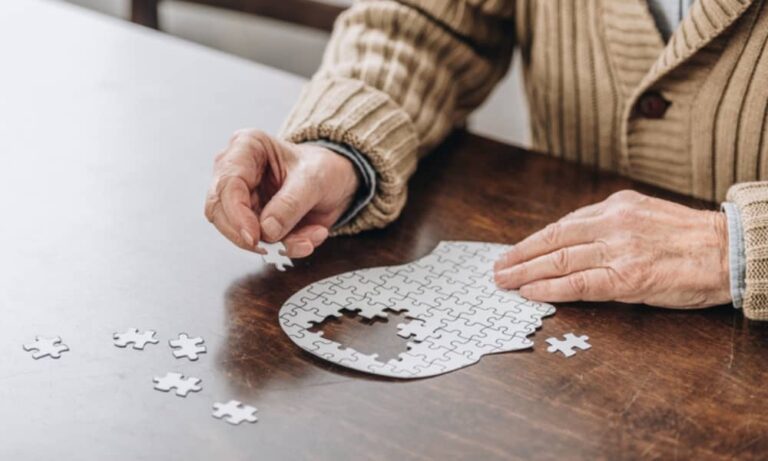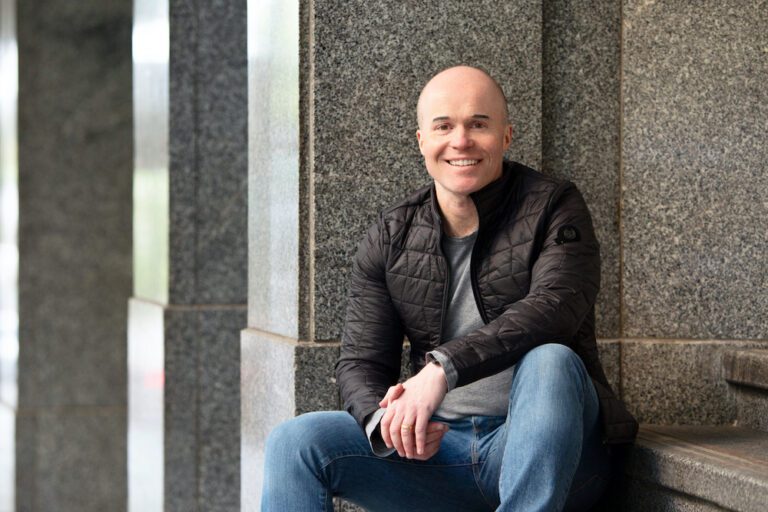Slip on a shirt, slop on some sunscreen and slap on a hat. We all know how to be sun safe here in the Southern Hemisphere, yet recent data puts Australia at No.1 in the world for skin cancer rates and New Zealand at No.2, with New Zealand ranking No.1 in the world for the rate of melanoma deaths and Australia at No.6.
However, the last 10 years have seen significant advances in treatment resulting in significantly improved survival rates for sufferers of the disease with further progress on the horizon.
Causes of skin cancer
More than 95% of skin cancers are directly related to exposure to UV radiation according to the Cancer Council in Australia, including artificial sources, such as solariums.
“In Australia and New Zealand, we get 3-4 times the intensity [of UV from the sun] than anywhere else in the world, so it’s serious,” warns Dr Chris Boberg, President of the New Zealand Skin Cancer Doctor Society. “The UV accumulates. Every year, the UV damage builds up and eventually the cellular structure is damaged by the UV, and the DNA mutates and the cells get a chance to mutate and become a skin cancer and start growing and multiplying.”
The negative effects of solar radiation are accumulated during our entire lifetimes; however, 80% of total lifetime sun exposure is taking place before the age of 18 years, states a research paper titled, ‘Acute skin sun damage in children and its consequences in adults’. “Child skin is more sensitive than adult skin because natural defence mechanisms are not fully developed,” says the paper. “A short exposure to midday sun will result in sunburns. Epidemiologic studies show a higher incidence of malignant melanoma in persons with a history of sunburns during childhood and adolescence.”
“It is really critical to minimise exposure to sun for kids,” says Christopher Jackson, Consultant Medical Oncologist at Southern DHB & Mercy Cancer Care and Senior Lecturer at the University of Otago.
There are clear links between exposure to UV rays from the sun and increased risk of developing skin cancer, but individuals can also be genetically predisposed to being at higher risk, similar to other forms of cancer, such as bowel or breast cancer, explains Professor David Whiteman, Senior Scientist – Cancer Control at the QIMR Berghofer Medical Restaurant Institute in Queensland.
“People with fair skin and freckles and red hair or skin that doesn’t tan, those are all genetically determined traits and they are your skin’s defence against sunlight or lack of defence against sunlight.”
Characteristics that would put a person in a high-risk category of developing skin cancer, as detailed by the Cancer Council, are:
- had a previous skin cancer, including melanoma
- a family history of skin cancer
- fair or freckled skin, especially those with skin that burns easily
- red or fair hair and light-coloured eyes (blue or green)
- lots of moles on their body
- worked or currently work outdoors
- had short, intense periods of exposure to UV radiation
- actively tanned or used solariums
- a weakened immune system
- certain skin conditions, including sunspots
Prevention and check-ups
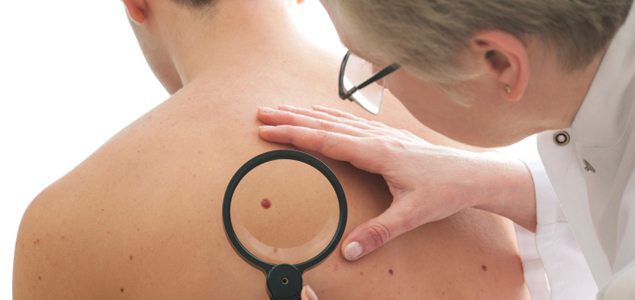
With skin cancer development being closely linked to UV exposure, being sun safe is key. “The main things are to reduce your exposure to the sun by re-organising your activities to try and avoid the middle part of the day,’’ says Whiteman.
“To wear protective clothing that shields your skin from the sun’s harmful rays, to wear a hat when outdoors and in the sun, to wear sunglasses, which isn’t so much for melanomas but you can get a lot of eye damage from sunlight as well. And use a suncream for those parts of the skin that can’t be protected by clothing and other means.”
Due to the ability of melanomas to spread through the body rapidly, early detection is critical. The earlier a melanoma is caught, the better the outcome, states the Melanoma Research Alliance in the United States, which recommends regular self-checks and skin exams.
“The most important thing is to find the melanomas before they invade – to get a regular full skin check, to get them early,” says Boberg.
What to look out for
The Melanoma Research Alliance details the ABCDEs of melanoma – or what to look out for. They recommend if you notice one or more of these signs that you should see your healthcare provider.
A – Asymmetrical – look for moles or growths that are asymmetrical or uneven.
B – Border – does a mole or growth have an irregular border.
C – Colour – does a mole or growth have multiple colours.
D – Diameter – is the diameter larger than the size of a pencil eraser.
E – Evolved – has the size gotten bigger in size or thickness.


